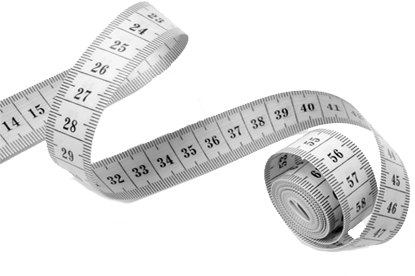
A Seating & Mobility Evaluation May Start with Taking Client Measurements — But That’s Only the Beginning
So many things have to come together to create a successful complex rehab seating or mobility system that it’s tough to count them all. Every conversation between members of the seating & mobility team, every meeting with the client and caregiver, every discussion of the client’s presentation and prognosis, every visit to the home and school or workplace where the technology will be used, every trial of a seating system, mobility base or accessory: They all contribute to a satisfactory outcome. And if they’re neglected, they can result in a less than successful outcome: a seating & mobility system that needs repeated revisions, one that never feels quite right to the consumer, and perhaps even a system that’s eventually abandoned.
As with many large-scale projects, building a successful seating & mobility system might start with something quite small — maybe something as small as a half or quarter inch (or a few centimeters). After all, at the heart of complex rehab technology is a customized fit, a system so precisely built for the individual that it fits one and only one client.
Getting the correct fit requires obtaining the right set of client measurements. That sounds easy enough — but human beings are not composed of straight, still lines or precise, unchanging angles. And therein lies the challenge for the seating & mobility professional.
Here Are Some Highlights from the Mobility Management article
Mario Ouellette, the CEO and founder of Physipro in Sherbrooke, Quebec, has specialized in seating and has 25 years’ experience in clinical evaluations.
Asked for a summary of measurements that ATPs and clinicians need to take, Ouellette says, “The most important measurements to collect are the femoral length, the trunk width, the pelvic width and the armpit height. With those measurements it is possible to manufacture a seat and a back system that also include pelvic and thoracic supports.”
How Important Is Adjustability?
“The adjustability of a system allows adapting to the patient’s morphology through time. For example, if the patient loses or gains weight or grows, it’s important that the system can be adjusted accordingly.”
He adds that funding sources commonly have certain expectations of the systems they’re paying for: “Another important aspect is the insurance provided to the ATPs/clinicians when a system is adjustable. It provides more security if the system can respond more adequately to the specific needs of the patient, which can change over the course of a progressive illness or when postural abnormalities increase.”

